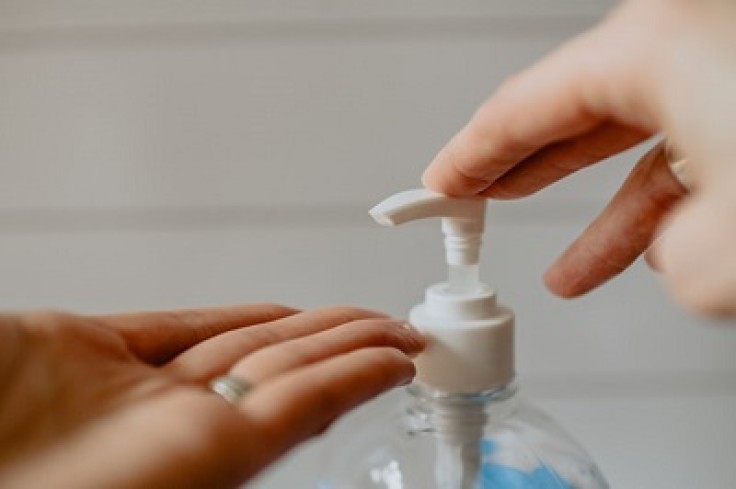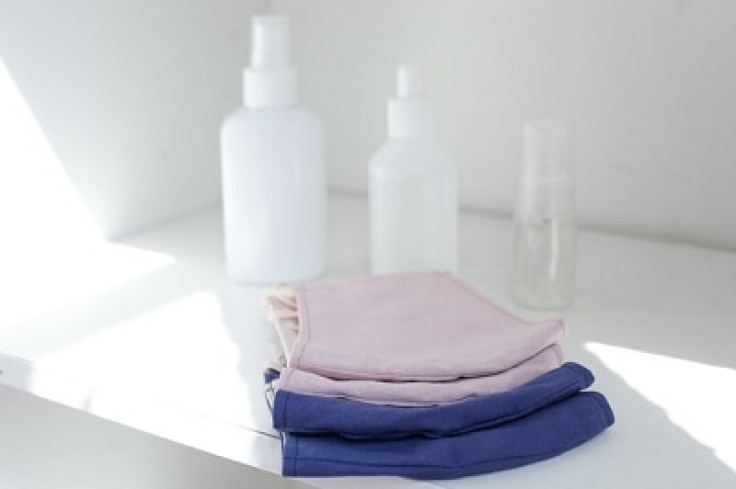News about hand sanitizer recall is all over the social media. The FDA has stretched its recall to 75 brands after finding the toxic levels of methanol during testing.
Is DIY the answer to hand sanitizer recall?
Many are not alarmed about the hand sanitizer recall because do-it-yourself recipes are found online. However, medical experts do not agree on making your own because of many reasons.

No quality control
Wrong measurement or ingredient could make your DIY hand sanitizer contain less alcohol. It means that it could not kill deadly germs, or you could have a contaminated mixture.
See also: Face mask hoax: Teach children how to spot fake news
No sterile area at home
A dermatologist and chief medical officer for Sanova Dermatology, Dr. Ted Lain, warns people about making their hand sanitizer. He said that lay people do not have a sterile production area in their homes. He is concerned that the alcohol percentage will not be correct and that the tools might not be sterile. They could get bacteria, fungi, and viruses into the finished product.
Allergic reactions
Dr. Lain also explained that essential oils and other things people add to their DIY sanitizers could cause allergic reactions. Even before the hand sanitizer recall news started, Dr. Lain would rather follow old school cleaning. He would rather wash his hands with soap and water, then moisturize afterward. He could not testify to the effectiveness of hand sanitizers, whether store-bought or homemade.
See also: Use of Face Mask Significantly Dropped Coronavirus Cases [Study Proves]
Not the same look and feel
Dr. Lain also noted that if ever you plan to make your hand sanitizer, you should be prepared to be dismayed. He explained that rubbing alcohol and aloe vera gel, the main ingredients, are now hard to find. He also shared that after mixing them up, it would not look like the real thing.
Alcohol content
The most famous recipe for hand sanitizer uses two parts 91 percent rubbing alcohol mixed with one part aloe vera gel. Precise measurements would give you around 60.6 percent alcohol content. It is just a little above the public health officials' required percentage of 60.

How it started
In the late 1980s, gel hand sanitizers were invented but not by mixing a few things in a bowl. Experts combined alcohol, emollients, and thickeners to make a gel with at least 60 percent alcohol. The final product spreads easily across the hands before it evaporates.
The maker of Purell, GoJo Industries, released their statement about hand sanitizers. It said that the FDA regulates the hand sanitizer as an over-the-counter drug. It also reads that there are robust regulations to follow when making it. Due to safety and efficacy concerns of the final product, they caution against making your own.
See also: Coronavirus Update: Leaving Toilet Lid on While Flushing Could Cause Virus to Rise
A spray version
Some alcoholic beverage companies are switching to making hand sanitizers to help with the current shortage. However, instead of making gels, they are making a spray version based on the WHO.
The spray version uses either 96 percent ethanol or 99.8 percent isopropyl. The alcohol will be mixed with a three percent hydrogen peroxide, glycerol, and distilled water. The hydrogen peroxide serves to kill bacteria spores.